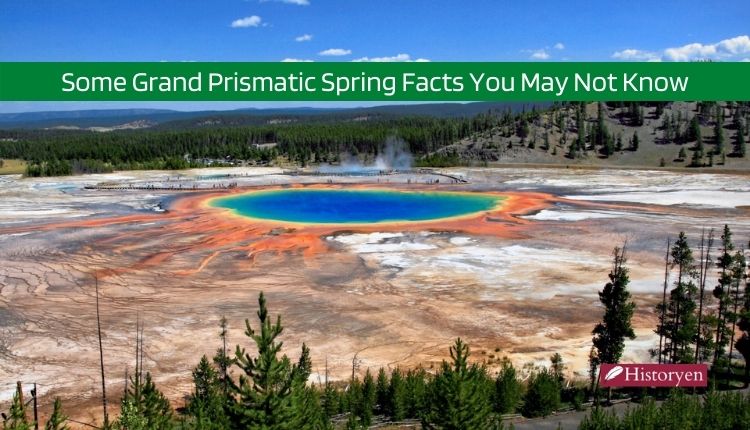In the annals of history, certain events stand out as enigmatic riddles, challenging our understanding of the world. One such event occurred on May 19, 1780, at 10:00 a.m., when the people of New England were gripped by a profound sense of foreboding. The sky turned as black as night, flowers folded their petals, and fowls hurried back to their coops. The moon cast an eerie, blood-red glow as darkness descended upon towns and cities from Maine to New Jersey. This event, now known as “New England’s Dark Day,” left an indelible mark on history.
The Day the World Went Dark

Witnesses to this inexplicable phenomenon left behind a trail of diaries, poems, and books, recounting the panic that gripped the region. Daylight dwindled, and darkness persisted well into the evening, eventually shrouding even the moon and stars. The poet John Greenleaf Whittier immortalized this day in his work, “The Complete Poetical Works of John Greenleaf Whittier” (1873), describing it as a “horror of great darkness.”
Fears of an Impending Judgment Day

The confusion and fear that swept through New England were compounded by the absence of modern communication tools like telegraphs or radios. Without access to information, people turned to their religious beliefs for solace and understanding. Biblical verses such as Joel 2:31 and Revelation 6:12-13, which spoke of the sun turning dark and the moon becoming as blood, fueled the belief that Judgment Day had arrived. Terrified individuals took to the streets, proclaiming the end of days. New England’s inhabitants, predominantly devout Protestants, viewed natural events as divine signs.
Unraveling the Cause

Over the ensuing decades and centuries, numerous theories emerged to explain the mysterious darkness of that fateful day. Hypotheses ranged from a solar eclipse, thunderstorm, volcanic eruption, fire, and even sunlight obscured by a colossal mountain or a meteor strike. However, many of these proposals were eventually debunked. Astronomical records ruled out a solar eclipse, and historical accounts discounted a thunderstorm. The absence of any evidence of volcanic activity in 1780 quashed the notion of an ash cloud covering the sun.
In the end, renowned English mathematician and astronomer Sir John Herschel admitted defeat, declaring, “The dark day in North America was one of those wonderful phenomena of nature which philosophy is at a loss to explain.”
A Scientific Revelation
It took more than two centuries for science to shed light on this enduring mystery. In 2008, the University of Missouri unveiled evidence from tree rings in Ontario that pointed to massive wildfires in Canada as the likely cause of New England’s darkness. Tree rings, often viewed as ecological artifacts, held the key to dating these wildfires and unraveling the enigma.
In a groundbreaking paper titled “Fire Scars Reveal Source of New England’s 1780 Dark Day,” published in the International Journal of Wildland Fire, scientists explained that the fires generated thick columns of smoke that ascended into the upper atmosphere. When combined with fog, these smoke plumes affected atmospheric conditions hundreds of miles away.
Supporting this revelation were historical accounts describing the scent of ashes in the air. Geographer Jeremy Belknap of Boston, in a letter from 1780 to Ebenezer Hazard, vividly detailed how water bodies appeared sooty and black.
Erin McMurry, a research assistant in the MU College of Agriculture, Food, and Natural Resources Tree Ring Laboratory, summed it up best, stating that this study provided “a unique opportunity to take historical accounts and combine them with modern technology and the physical historical evidence from the tree rings and solve a mystery with science.”
Conclusion
The once-mysterious “New England’s Dark Day” has finally yielded its secrets to science. What was once viewed as a supernatural event can now be explained by the devastating wildfires that raged in Canada in 1780. This revelation serves as a testament to the power of science in unraveling the enigmas of our past.
Could the darkness of 1780 New England be attributed to a solar eclipse?
No, astronomical records have ruled out a solar eclipse as the cause of the darkness.
Were there any volcanic eruptions in 1780 that might explain the event?
No, there is no historical record of volcanic activity in 1780, making an ash cloud unlikely.
How did the absence of modern communication tools contribute to the fear during the event?
Without telegraphs or radios, people lacked real-time information, leading them to turn to religious interpretations for answers.
What was the role of tree rings in solving this mystery?
Tree rings provided crucial evidence of massive wildfires in Canada in 1780, which was the likely cause of New England’s darkness.
How did people in New England react to the darkness on that fateful day?
Many believed it was Judgment Day, and there were reports of people taking to the streets, proclaiming the end of days, and seeking solace in religious teachings.



